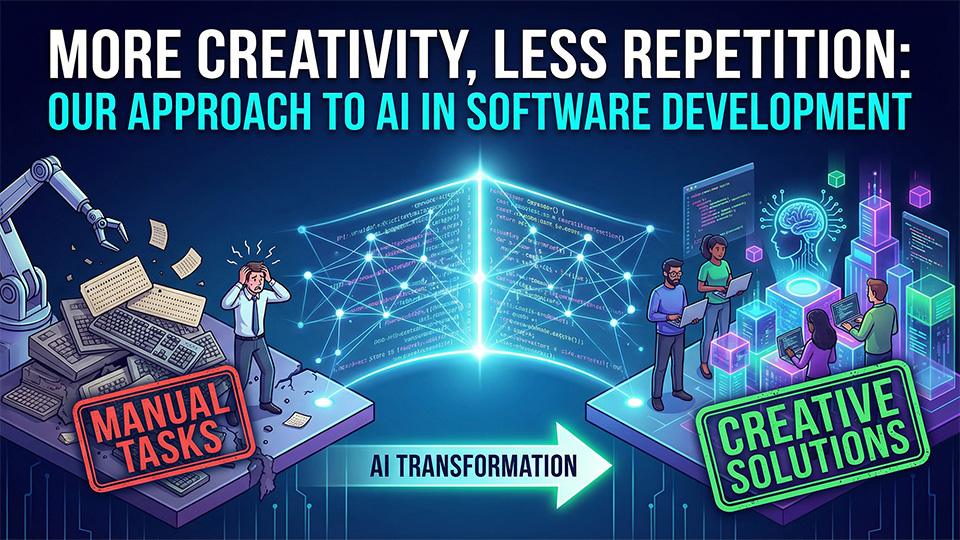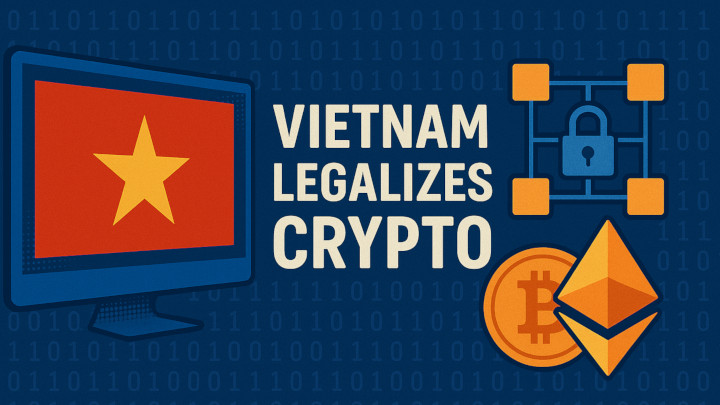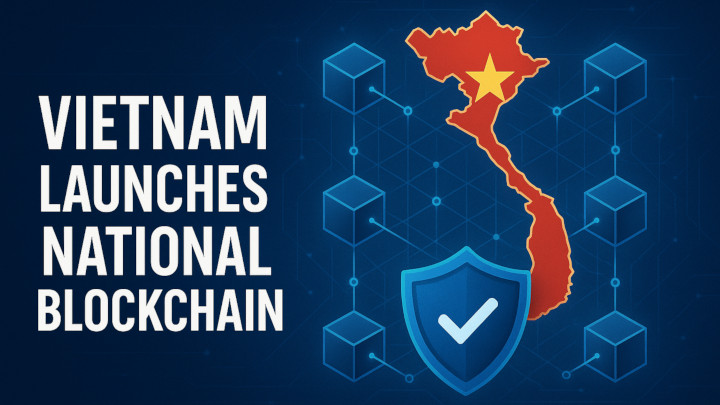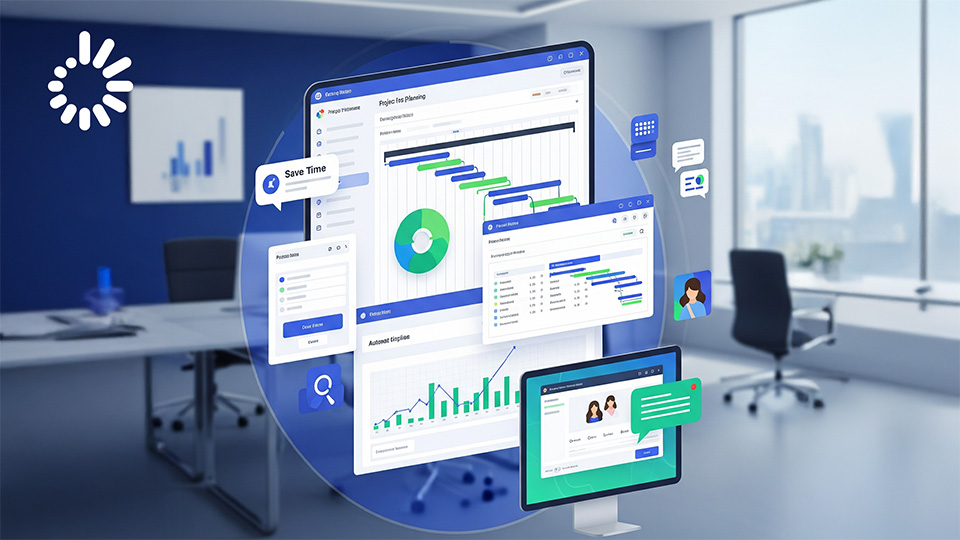February 3, 2025
OpenAI Deep Research: The Future of Autonomous Research and Analysis
Imagine turning days of research into minutes. OpenAI's Deep Research, a new AI, can do this by changing how we find and use information. It doesn’t just give quick answers; it digs deep to give complete, well-researched reports, like a personal analyst.
OpenAI, known for their language models, has launched Deep Research, pushing AI's capabilities. This isn’t just a chatbot; it is an AI agent that can do tasks online. This tool goes beyond simple answers to offer in-depth, multi-step research, moving past their previous tools such as ChatGPT.
This article will explore how Deep Research works, who benefits, and its limitations. We will break down its key features, how it's different, and what it means for the future of knowledge. You'll get a clear picture of this amazing new technology.

I. Core Functionality and Purpose
AI Agent vs Chatbot
Is Deep Research just another chatbot? No, it's a smart AI agent. Chatbots like ChatGPT answer questions using existing info. But, Deep Research does more; it uses the internet and other tools to do complex tasks by itself. This means it gathers, analyzes, and uses data in real-time, not just providing simple answers.
Unlike simple chatbots using old data, Deep Research explores the web like a human. It finds up-to-date information and links it to the source, which is a key difference. It doesn't just pull from a database; it reacts to new data.
Multi-Step Autonomous Research
This research tool conducts multi-step research on its own, so what does that entail?. It plans, finds data, and adjusts dynamically. Starting with your prompt, it searches the web, analyzes information, and writes a clear report, adapting to new findings.
Imagine researching a historical event. The tool starts with basic searches, identifies key people/events, and refines its search. It compares sources and creates a detailed report. This step-by-step method gives a well-rounded view.
Information Synthesis
Deep Research synthesizes data from text, images, and PDFs into complete reports, but how?. It doesn't just copy; it analyzes and interprets, crafting a cohesive story, just like a human researcher would.
This isn't copy-pasting; Deep Research merges data types, providing valuable analysis that goes far beyond simple summaries.
Time Efficiency
Deep Research can save you time, so how much time can I save?. Tasks that take hours can be done in minutes, generally 5-30 minutes, depending on complexity.
This efficiency benefits many areas. Researchers find data quickly, financial analysts process market data faster, and policy makers access well-researched data swiftly, saving time and money.
II. Technical Underpinnings and Development
Reasoning Model
Deep Research is powered by a version of the OpenAI o3 model, optimized for web browsing and data analysis. This model builds on previous models but is enhanced for real-world challenges needing extensive online context. OpenAI says this model produces "more accurate and clearer answers, with stronger reasoning abilities" than previous versions. It's designed to interpret and understand information, not just find it.
Furthermore, the o3 model is trained using reinforcement learning, teaching it through trial and error. This helps it make better decisions as it goes, reacting to real-time data. It can also browse files, plot graphs, and embed them in its responses.
Data Handling
The model handles various data types, including text, images, and PDFs found online. It can search, interpret, and analyse this diverse information, producing comprehensive reports. This allows it to gather data from many sources, ensuring well-supported conclusions.
Unlike many AI tools, Deep Research synthesizes information from multiple formats, allowing it to go deeper and make a richer analysis. This is useful in areas like scientific research, where information is often presented in different ways.
Citations and Verification
Every output has clear citations, making it easy to verify the information and assess the tool's claims. OpenAI also includes a summary of the model's thinking process with each report.
OpenAI’s chief product officer noted that reports include citations showing where the information came from. This focus on transparency and verifiability builds trust in AI-generated research.
III. Performance and Competitive Context
Humanity's Last Exam Results
Deep Research showed impressive capabilities on the Humanity's Last Exam, a test that evaluates AI across many subjects at an expert level.

This test consists of over 3,000 questions across more than 100 subjects, from linguistics to rocket science. Deep Research achieved an accuracy of 26.6%, showcasing its broad understanding of complex topics.
Notably, this score surpasses other models, including OpenAI's GPT-4o (3.3%), Gemini Thinking (6.2%) and even OpenAI’s o3-mini (13.0%), which was only evaluated on text. This highlights Deep Research’s enhanced ability to handle a wide variety of expert-level questions.
Expert-level Task
Deep research has demonstrated high performance in expert-level tasks across a wide range of subjects, showcasing a human-like approach in seeking out specialized information when necessary.



GAIA Benchmark
Deep Research also achieved a new state-of-the-art (SOTA) performance on the GAIA benchmark, which evaluates AI on real-world questions. The model is topping the external leaderboard.

The GAIA benchmark includes questions across three levels of difficulty, requiring abilities such as reasoning, multi-modal fluency, web browsing, and tool-use proficiency.
Deep Research demonstrated superior performance on this benchmark, indicating its ability to handle complex, multi-faceted tasks that are closer to real-world use cases than many traditional benchmarks.
Comparison to GPT-4o
While Deep Research excels in in-depth, multi-step research, it is important to distinguish it from GPT-4o, which is designed for real-time, multi-modal conversations.
GPT-4o is ideal for quick, interactive exchanges, whereas Deep Research is better suited for complex queries requiring extensive exploration and citation. For example, GPT-4o might be used for quick answers, brainstorming, or real-time translation, while Deep Research would be better for tasks such as creating detailed reports, conducting competitive analysis or in-depth literature reviews. The different performance metrics of each tool reflect these different areas of focus.
Competitive Landscape
The AI landscape is rapidly evolving, with new innovations and models emerging frequently.
While Deep Research demonstrates leading capabilities, it is worth noting the existence of tools like Google's Project Mariner, a similar research prototype, and the DeepSeek R1 model from China, which have emerged as competitive alternatives. These advancements highlight the dynamic nature of AI research, and the constant innovation in the space.
IV. User Applications and Impact
Targeted User Groups
Deep Research is for those doing intensive knowledge work across many sectors. This includes professionals in:
Finance: Deep Research can do detailed competitive analyses, evaluate market trends, and synthesise financial data for investment decisions. For instance, it could quickly compare investment strategies or analyze the impact of economic policies.
Science: Researchers can use the tool for literature reviews, data analysis and hypothesis testing, pulling information from many sources. The tool can, for example, examine studies, identify research gaps, and analyze results efficiently, saving time.
Policy: Policy experts can use Deep Research to conduct policy analysis, gather data on social trends, and examine the impact of legislation. The tool can synthesise information, giving policy makers access to a broad understanding of complex issues.
Engineering: Engineers can use Deep Research to gather technical data, compare product specifications, and conduct feasibility studies. For example, the tool can examine engineering standards, evaluate options and analyse data from previous projects.
These are just examples of how Deep Research could be used, highlighting its versatility. Whether it’s a financial analyst, a scientist, a policy maker, or an engineer, Deep Research provides the analytical depth needed.

Complex Purchase ResearchDeep Research also helps consumers make informed decisions for complex purchases. It gathers data, reviews, and specifications to help consumers evaluate the value and suitability of products.
Imagine someone buying a car; they can use Deep Research to compare models, analyze safety data, read reviews, and get insights on resale values. Similarly, a consumer can use the tool to analyze appliances or furniture, ensuring they make an informed decision. This ability to synthesise data from various sources helps consumers make better purchasing choices.Impact on IndustriesDeep Research has a broad impact, improving research, analysis and decision-making across many sectors.
Academia: In academic research, the tool can expedite literature reviews, identify research gaps, and synthesise findings, increasing the rate of discovery. According to OpenAI, Deep Research has the potential to produce novel scientific research.
Legal Research: Deep Research can assist with legal case research, gathering case laws, precedents, and regulations. The tool's ability to quickly and accurately synthesize data from legal databases is invaluable to legal professionals.
Journalism: Journalists can use Deep Research for fact-checking and gathering background information, ensuring their reporting is accurate. The tool can examine sources, verify claims, and synthesise different viewpoints into a cohesive narrative, improving journalistic accuracy and speed.
As OpenAI’s chief product officer explained, the tool is particularly useful for people in fields like finance, science and law. Deep Research can transform how research is conducted, how consumers make decisions, and how various industries operate, offering time savings and enhanced capabilities.
V. Output and Reporting Features
Comprehensive Reports
Deep Research generates detailed, analytical reports designed to provide a comprehensive understanding of complex topics. These reports go beyond simple summaries; they offer in-depth analysis and insights, much like a research analyst would produce.
A typical report includes bullet points, tables, and structured sections to clearly present the information. This structure enhances readability, making it easier for users to grasp the main points and key findings. The goal is to make the reports thorough, accessible, and concise.
Transparency Through Citations
One key feature of Deep Research is its focus on transparency and verifiability. Every report includes clear citations, showing the sources of the information. Plus, you get a summary of the model's reasoning.
These citations let you easily verify the accuracy of the information presented. By providing these source details, Deep Research aims to build user confidence in its findings, allowing them to check the information themselves. This transparency is critical to ensure the tool is used responsibly and that its outputs can be trusted.
Future Enhancements
OpenAI plans to enhance reports by adding embedded images, data visualizations, and other analytical outputs. This would add even more context and clarity.
Adding visual elements will make reports more engaging and informative. Data visualizations can help users easily spot patterns and trends, and images can offer additional context, particularly for complex topics. By combining textual analysis with visual information, Deep Research aims to make its reports even more powerful and useful.
VI. Access and Availability
Subscription Tiers
Deep Research is rolling out in phases, starting with ChatGPT Pro users (100 queries/month). Plus, Team, and then Enterprise users will follow. Plus access is expected in about a month. This phased rollout ensures stability and safety.
Rate Limits
Deep Research is compute-intensive, causing initial rate limits. It's optimized for high-quality results, requiring more power. OpenAI is working on a faster, more cost-effective version with higher rate limits.
Geographical Limitations
Access is currently limited in the UK, Switzerland, and the European Economic Area due to factors like legal considerations. The tool will expand to those regions once issues are resolved.
Platform Availability
Deep Research is currently on the web version of ChatGPT. Mobile and desktop apps are planned within the month for wider access and convenience.
VIII. Limitations and Challenges
Hallucination and Inferences
Despite its advanced abilities, Deep Research can still hallucinate facts or make incorrect inferences. This means it might generate inaccurate information, even if it seems plausible.
These errors may occur because the model is still learning context and nuances. Problems might arise in legal research, financial analysis, or medical studies, where even minor inaccuracies could be harmful. Users should critically evaluate and independently verify findings.
Source Authority
Deep Research struggles to distinguish authoritative information from rumors. It may treat less credible sources like reputable ones, or include misleading information.
This makes fact-checking more important. Users should know that the model's findings are not guaranteed to be accurate, even with citations. They should corroborate the evidence, especially for sensitive decisions.
Confidence Calibration
Deep Research currently struggles with confidence calibration, meaning it often fails to convey uncertainty accurately. It may present information as factual even when the evidence is inconclusive or contradictory.
For instance, if there is conflicting evidence, the model may not clearly indicate that there are multiple viewpoints or that the answer is ambiguous. This could result in a user mistakenly accepting erroneous facts as being definitive.
Initial Imperfections
There may be minor formatting errors in reports and citations. Also, tasks may sometimes take longer to start than anticipated.
These initial issues are expected to improve as the model is used more frequently and as further updates are released. Check outputs carefully, especially during the early access phase.
Conclusion
Deep Research is a new AI designed for complex research, leveraging online sources. It aims to function like a fast research analyst, but users should always verify its findings due to potential inaccuracies or source issues. This tool is particularly useful for knowledge work or when making complex purchases. It utilizes the OpenAI o3 model and provides clear citations.
Currently, Deep Research is available to ChatGPT Pro users, with expanded access planned soon.
Deep Research showcases agentic AI, independently performing tasks. Moving beyond simple answers, it's likely to connect to more data sources and feature better visuals. Utilizing real-world tasks such as browsing and Python, it highlights AI’s potential for autonomous and unsupervised work.
With advanced AI like Deep Research, we must recognize both its potential and responsibilities. Deep Research is poised to transform how we access and use knowledge. We must approach this new reality with discernment and critical thinking, ensuring AI enhances, rather than undermines, our understanding of the world.
Ready to leverage cutting-edge technology for your business? Contact Dirox today for a free consultation and discover how AI can transform your operations.






























.svg)













